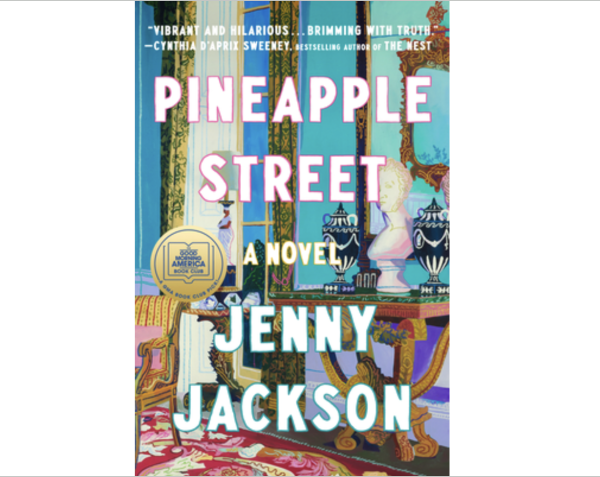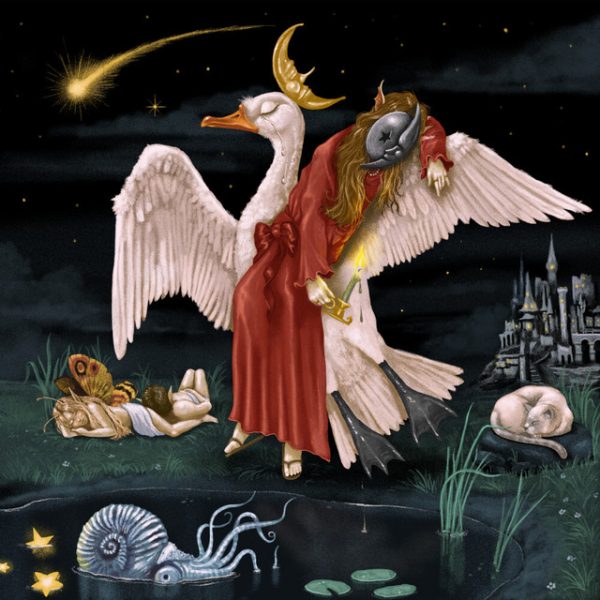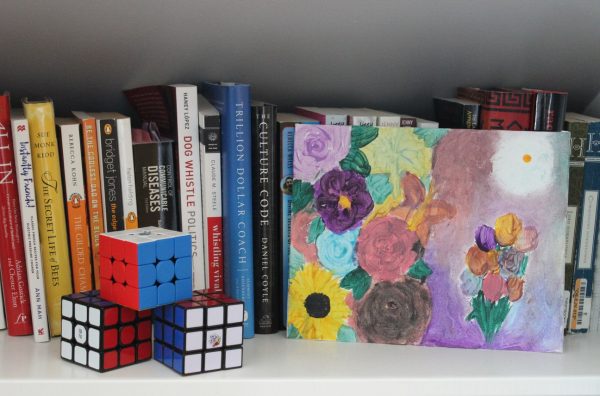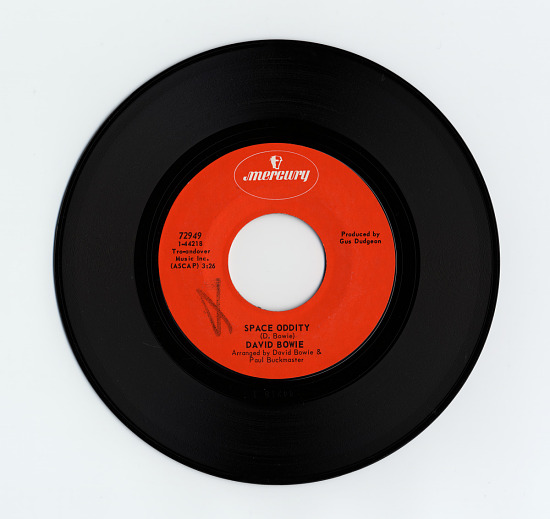“Roma”
Creator and director Alfonso Cuarón’s “Roma” is a masterclass of storytelling and cinematography. Set in Mexico City in the 1970s, Cuarón tells a semi-autobiographical story about his upbringing, centered on the indigenous maid, Cleo (Yalitza Aparicio), who serves the film’s unnamed family. The movie is in Spanish and black-and-white, which makes it feel nostalgic, a bit melancholy, and like a real memory.
The name “Roma” is the name of the neighborhood that the family lives in. The movie takes place almost entirely in the Roma neighborhood, which clearly emphasizes that Cleo is in a different world. Through this neighborhood — and especially their house — Cuarón illustrates the struggles of getting by in life. For example, in order to get in the house, the characters need to go through a narrow inside driveway. The father of the family drives a car that is just narrow enough to fit, where he can barely open the door to get out of it. This symbolizes his fit in the family — he leaves to live with another woman early in the movie — meaning he is not exactly compatible with the family.
The movie begins with Cleo’s daily routine and shows a seemingly normal family until a series of troubles come up, beginning with the father’s business trip: him leaving his wife and family for a younger woman. This starts a spiral of catastrophes for the family of just the mother and her four children: one girl and three boys, one of which is assumed to be Cuarón. None of the children have much personality, and their names are mostly yelled at them, making it hard to distinguish them from each other. This somewhat takes away from the film, as it is genuinely confusing which child does what and which child the characters are talking to or about. The exception is the youngest boy, Pepe (Marco Graf), who, for that reason, most expect to represent Cuarón.
The next catastrophe that occurs is Cleo’s relationship with her boyfriend, Fermín (Jorge Antonio Guerrero), which complicates quickly and places major emotional strain on Cleo. Finally, Cleo and the children’s grandmother, Senora Teresa (Victória García), go shopping and witness student protesters clash with police, which leads to a chilling scene of a woman crying over her dead husband. This scene depicts the real-life Corpus Christi Massacre of 1971. Throughout the movie, the mental state of the mother, Senora Sofía (Marina de Tavira), falls through the floor culminating in her crashing the family car in their open garage/hallway, and buying a new, more narrow car, which she also scratches against the walls. The series of catastrophes were very emotionally draining, but entertaining as it moved the plot forward. However, there are some scenes in between that are boring and seem out of place in an otherwise great movie, which makes the movie feel very long.
The movie ends with an incredibly touching scene between Cleo and the children, making her journey and the subsequent almost-demise of the family worth it. The last scene of the movie is again Cleo going through her everyday routine, symbolizing a return to the normal the family knew before all of the troubles they faced.
“Roma” is nominated for Best Picture, Best Actress (Yalitza Aparicio for Cleo), Best Supporting Actress (Marina de Tavira for Senora Sofía), Best Director, and a variety of other awards. The Movie already won Best Picture and Director at the BAFTA’s (basically the British Oscars) this past weekend. While the actresses have not won for their work this award season, they are both extremely deserving of being nominated, although the real star of this movie is Alfonso Cuaron’s direction and cinematography. He definitely deserves to win those Oscars for his work, and his movie deserves to win Best Picture, which would make it the first foreign language film to win the prestigious award.













